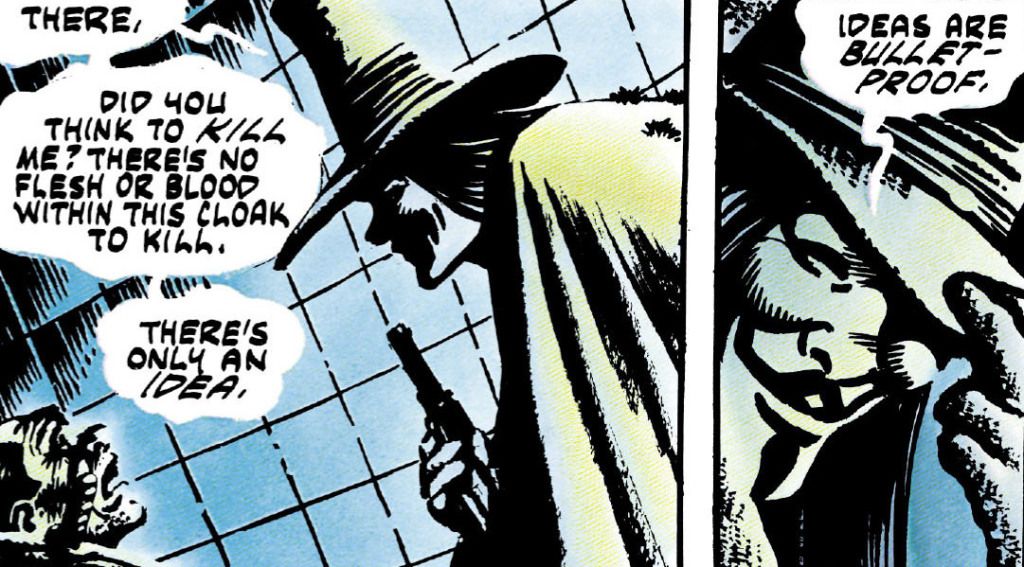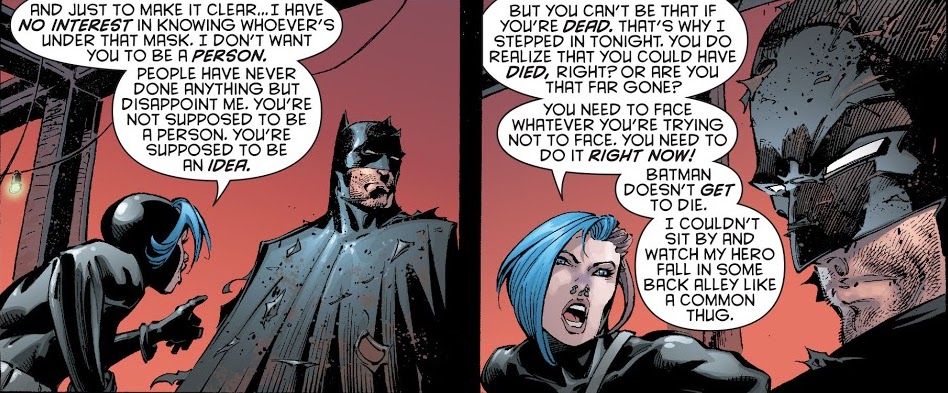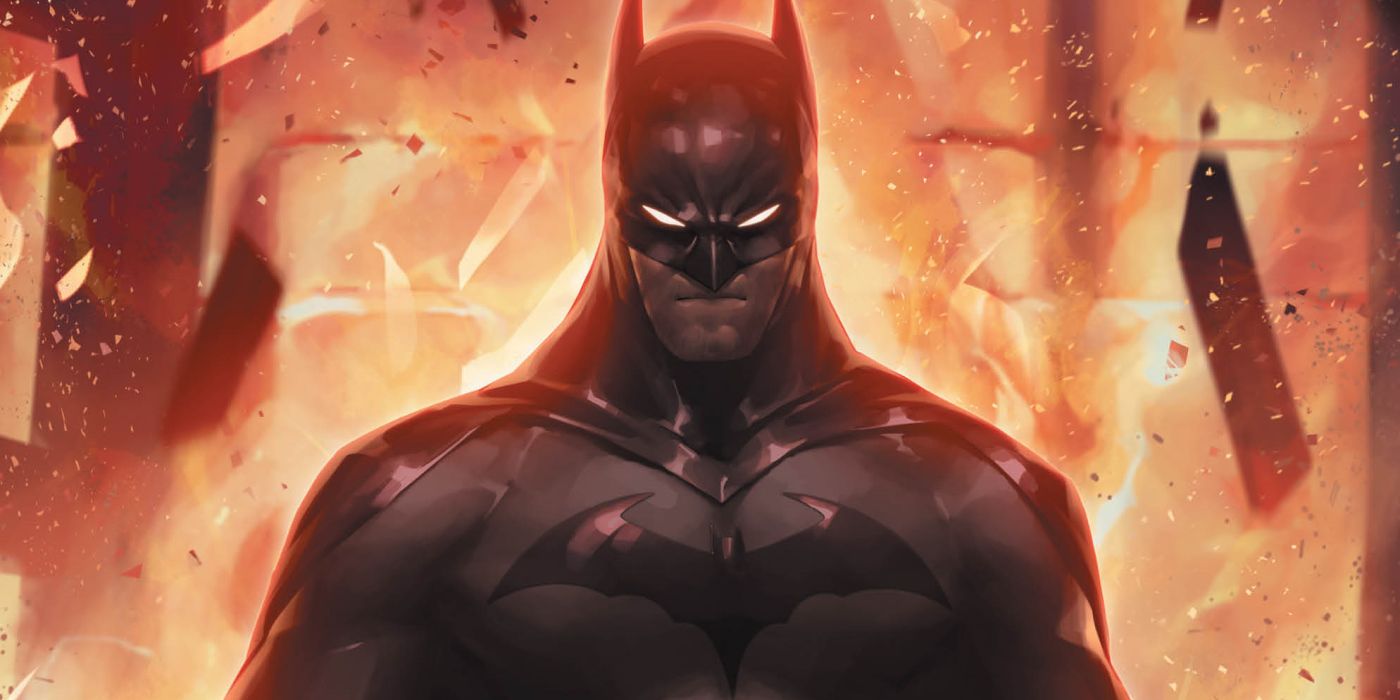Batman has a complicated relationship with Gotham, as he toes the precarious space between mythic hero and sometimes villain, depending on his actions. Throughout his publication history, writers have expanded upon this dynamic, establishing the ebb and flow of Batman’s work in Gotham as one of the character’s central features. No hero operates in a vacuum, and Batman’s effects on his community, both as The Caped Crusader and as Bruce Wayne, is a measurement of his own heroism.
Aside from his relationship with his city, Batman stories are often concerned with the human costs of being a hero for Bruce Wayne. After all, he is just a man in a suit, with no superpowers, leaving him especially vulnerable in his line of work.
Excluding Bruce Wayne and Alfred Pennyworth, almost no other person knows Batman’s vulnerability more than one of Gotham’s newest heroes, Bluebird (Harper Row). Created by Scott Snyder and Greg Capullo, Bluebird lives alone with her brother, Cullen, after their father was captured by Batman. With a superior set of skills in engineering, Harper has saved Batman’s life by defibrillating him with a makeshift AED she made in the back of a van in the Court of Owls saga. Yet, despite having come to his aid, Bluebird was brushed off by Batman, who was hesitant to take on any more members of the Bat-Family after the death of Damian Wayne.
In Gotham, Ideas Are Not Bulletproof.

Bluebird awakened Batman to the reality of his work as a hero in Gotham, recalling one of the most iconic moments from Alan Moore, David Lloyd, and Tony Weare’s V for Vendetta graphic novel. This occurs in Batman #18, written by Scott Snyder and James Tynion IV, with pencils by Andy Kubert, inks by Sandra Hope, colors by Brad Anderson and Nathan Fairbairn, and art by Alex Maleev. After tasing a criminal Batman was in the midst of fighting in Batman #18, he chastised Harper for her involvement in crimefighting, citing that the job is far more dangerous than she realizes. A tearful Harper then tells Batman that she expects nothing in return, instead hitting him with the truth that she doesn’t “want [him] to be a person,” but “an idea.” This references a scene in V for Vendetta where the anarchist, V, is fatally shot by detective Eric Finch, only to say, “Did you think to kill me? There’s no flesh or blood within this cloak to kill. There’s only an idea. Ideas are bulletproof.”
Harper’s words reframe Batman’s work as a hero, providing a much-needed outside perspective while also highlighting the central tension between Batman’s mythic status as a hero and the physical reality of him being just a man in a suit. She explains, “I have no interest in knowing whoever is under that mask. I don’t want you to be a person. People have never done anything but disappoint me. You’re not supposed to be a person. You’re supposed to be an idea. But you can’t be that if you’re dead.”

When viewed within the context of V’s declaration that “ideas are bulletproof,” Harper’s statement demonstrates a unique problem for Batman as a hero. The mystery behind V’s origins and actual identity helps solidify his image as an idea without form, represented in Evey donning his costume after his death at the end of the novel. On the other hand, Batman is an idea encased in a fallible, human form. For Harper, his personhood puts him at risk and makes him worth protecting because he could die at any moment. Therefore, ideas such as Batman are not bulletproof in Gotham.
Bluebird Shows Readers A Batman Without Bruce Wayne

By deliberately depersonalizing him, Bluebird puts forth a rarely seen view of Batman where his identity as Bruce Wayne is irrelevant. Instead, through Harper’s eyes, Batman is characterized similarly to V, which contrasts sharply with the characterization that readers have come to expect from Batman comics. Batman’s real identity as Bruce Wayne frequently takes center stage in his stories, but here, Batman takes on the same legendary, intangible status as V, who is left deliberately ambiguous so that his actions and beliefs cannot be easily attributed to a single person. V’s depersonalization is key to him achieving his goals of political revolution, while Batman’s depersonalization is a strategy used by Bruce Wayne to distance himself from his crimefighting life.
As such, Bluebird’s argument demonstrates the contradictions inherent to Batman’s character. He is simultaneously a larger-than-life figure hanging over Gotham and inspiring people like Harper Row, while also a deeply fallible human without superpowers. Harper’s choice to not see Batman as a person shows that it is easier to look up to heroes as moral figures as opposed to human beings.
As two masked characters with clear goals that they will stop at nothing to achieve, Batman and V ceased to be people the moment they put their costumes on. Their masks not only conceal their identities but also elevate them as figures representative of their ideals. As such, their masks and costumes contribute to their perception as “ideas,” over individual people.
While Batman stories are largely concerned with humanizing the man beneath the cowl, Bluebird presents a compelling view of the Caped Crusader that cares not for his true identity. Instead, Harper values the idea that Batman has come to represent, justice, over personal details of its chief proponent. By viewing Batman as the personification of justice, Bluebird provides the reader with Gotham’s perspective of The Dark Knight himself. When seen outside the bounds of his tragic childhood and inherited wealth, Batman is an aspirational figure for Gotham’s most vulnerable citizens like Harper and her brother. Instead of being a person, Batman becomes the idea that even a city mired in as much corruption as Gotham can attain some type of justice. And for Bluebird, that is something worth protecting.




